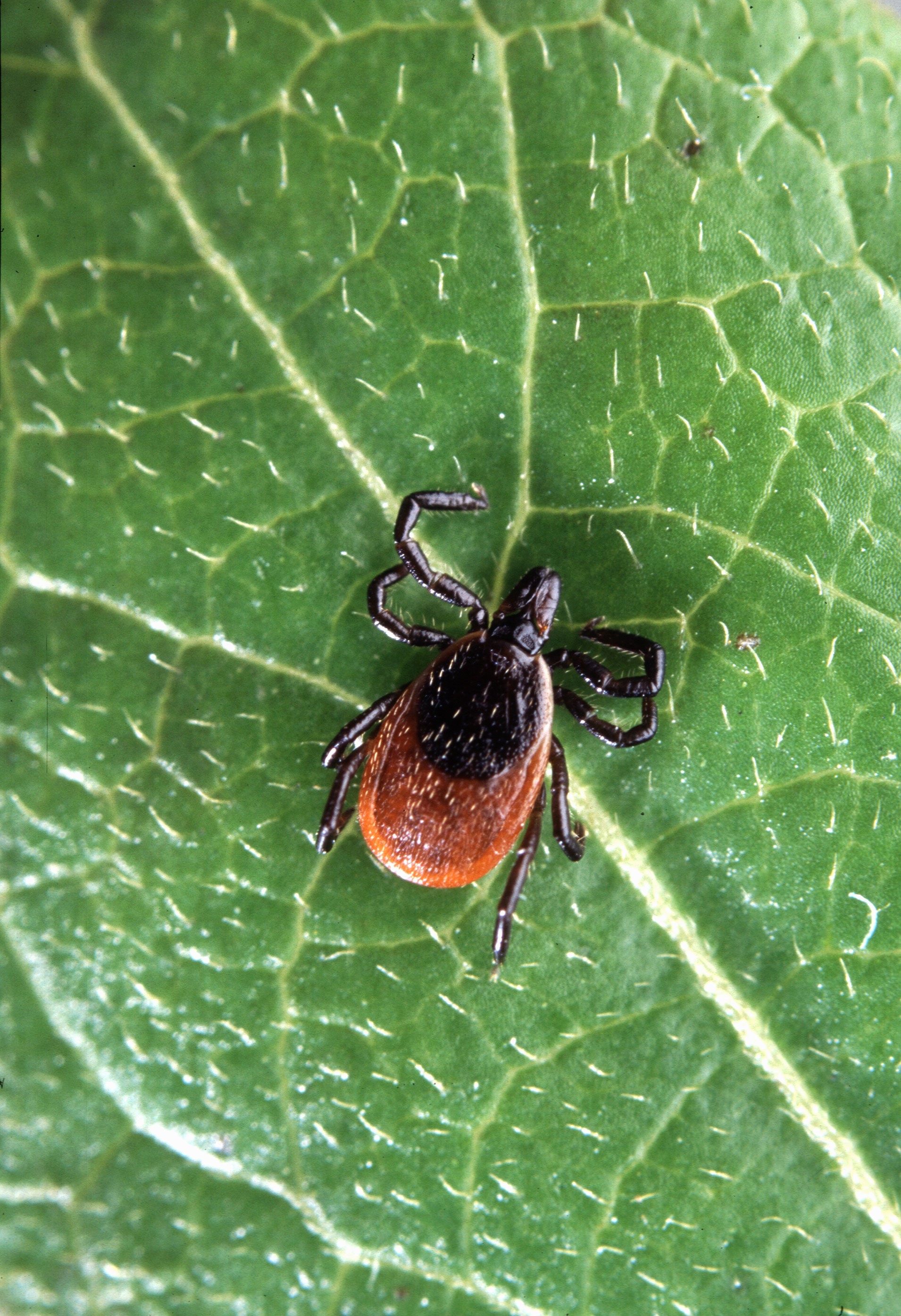
Ebola, Zika, the recall of contaminated lettuce - these are just a few recent outbreaks making headlines. Students should be able to connect what they learn in their biology courses to explain these events happening around them. Unfortunately, students do not necessarily make those connections. Therefore, it is important, as instructors, to provide opportunities where students engage with societal issues and problems related to course content and case studies, using headlines from the news are one way to do this.
Here I describe a case study about Lyme disease that engages students in learning about the ecology of infectious disease. Lyme disease incidence has tripled in the last 15 years and is estimated to affect 300,000 Americans annually. This lesson uses an NPR news audio clip containing interviews with two disease ecologists, Rick Ostfeld and Felicia Keesing, who describe predicting Lyme disease incidence by measuring mice populations. The activities in this lesson explore factors that led to the recent surge in Lyme disease. In small collaborative groups, students analyze data figures from publications by the Ostfeld and Keesing labs (along with others) to construct an understanding of the ecology of Lyme disease and predict how changes to the ecosystem could affect Lyme disease incidence. This case study lesson could be relevant to those teaching microbiology, ecology, public health or biology for majors.

Jean L Woods onto Ecology
@
on